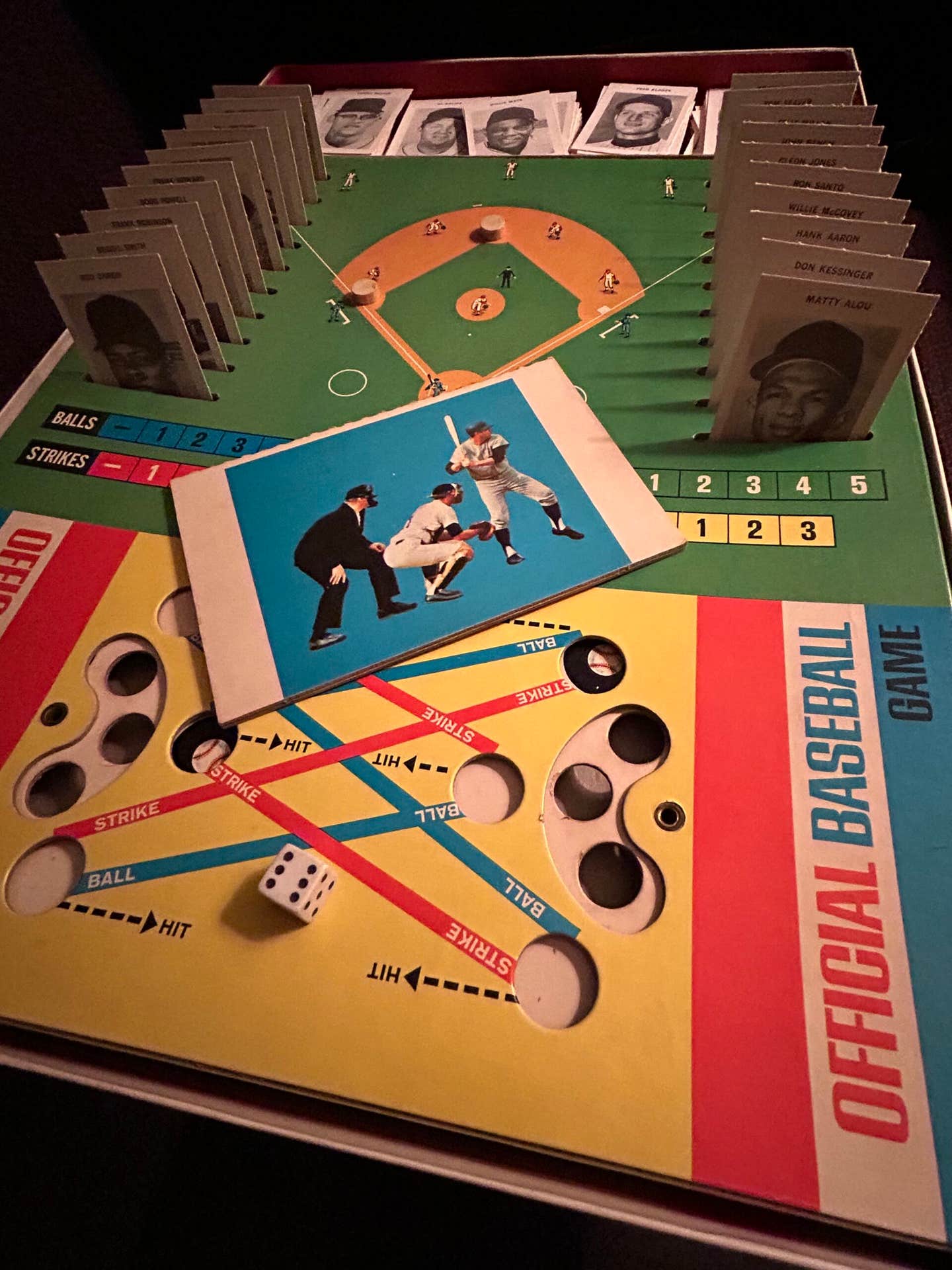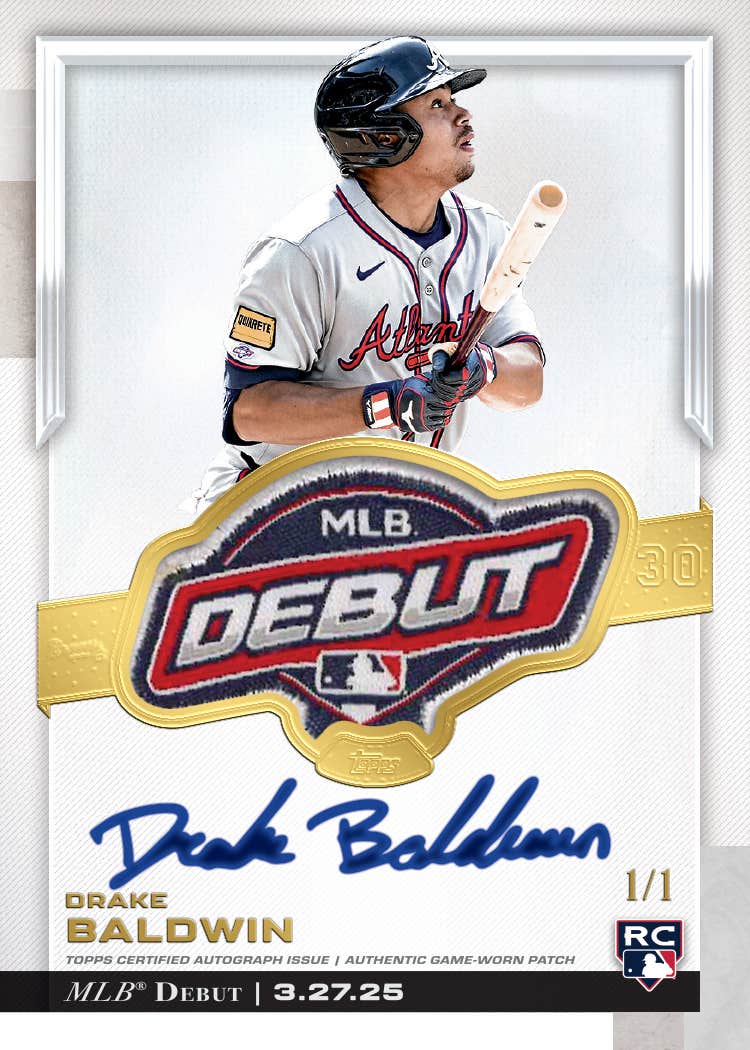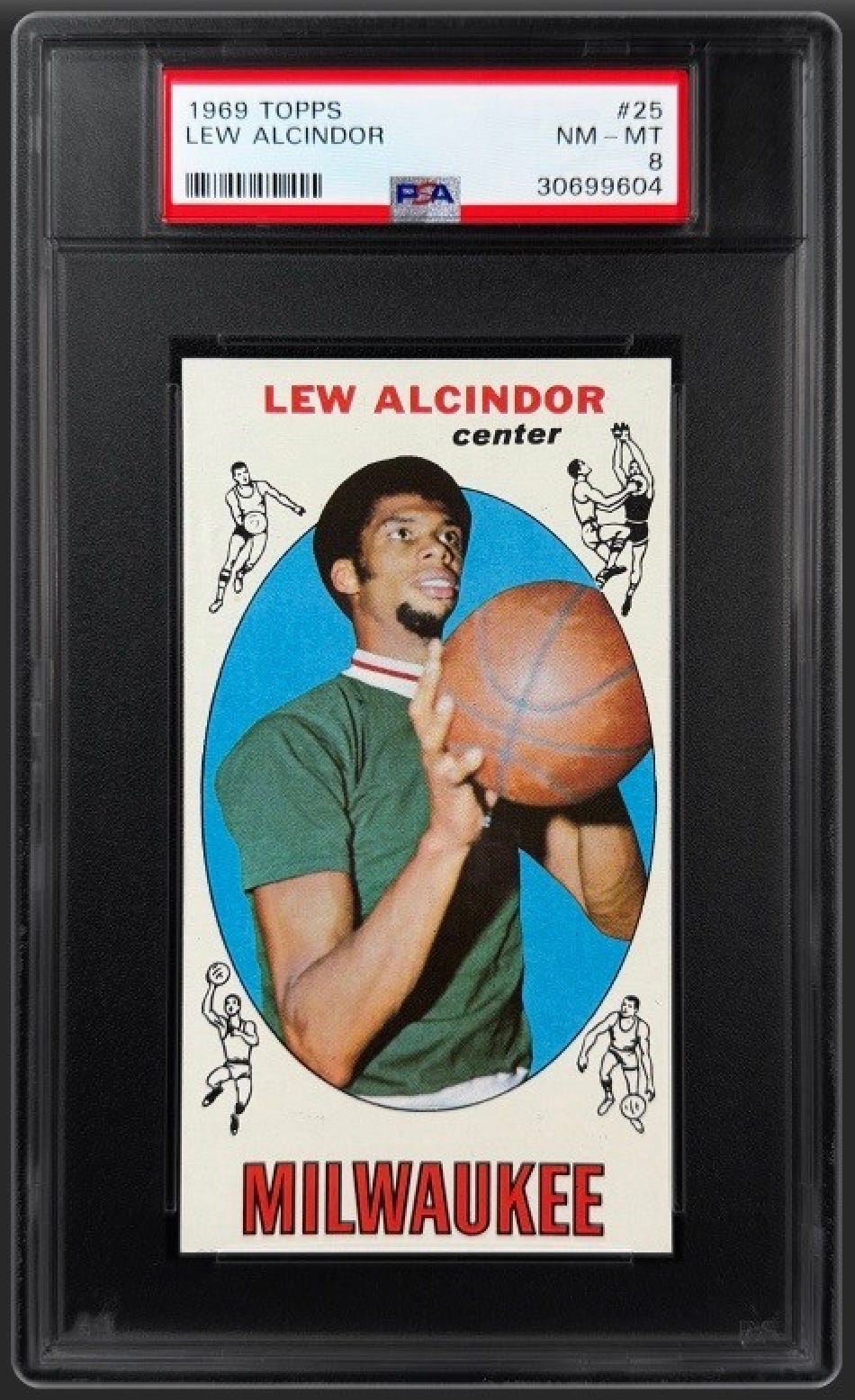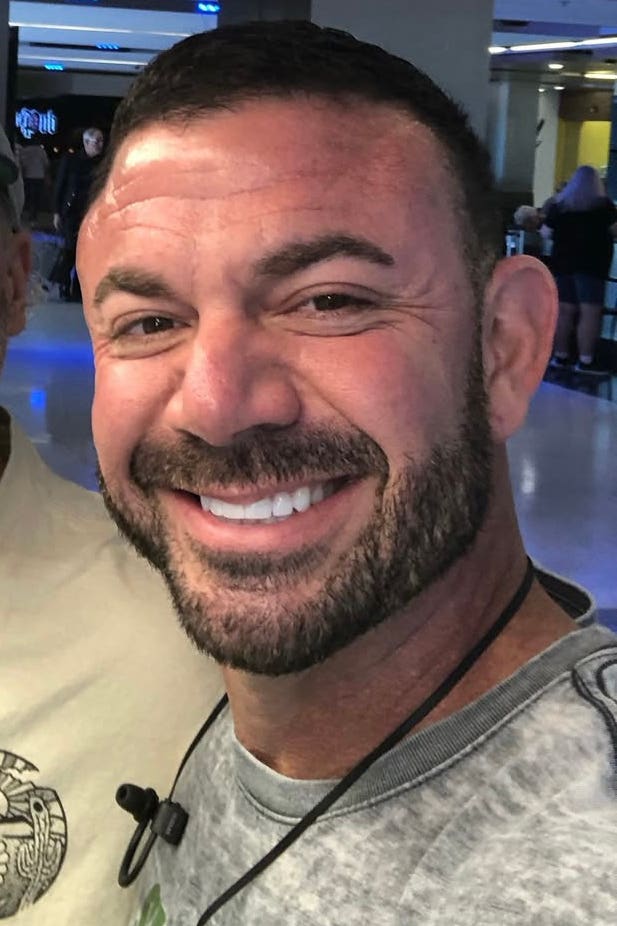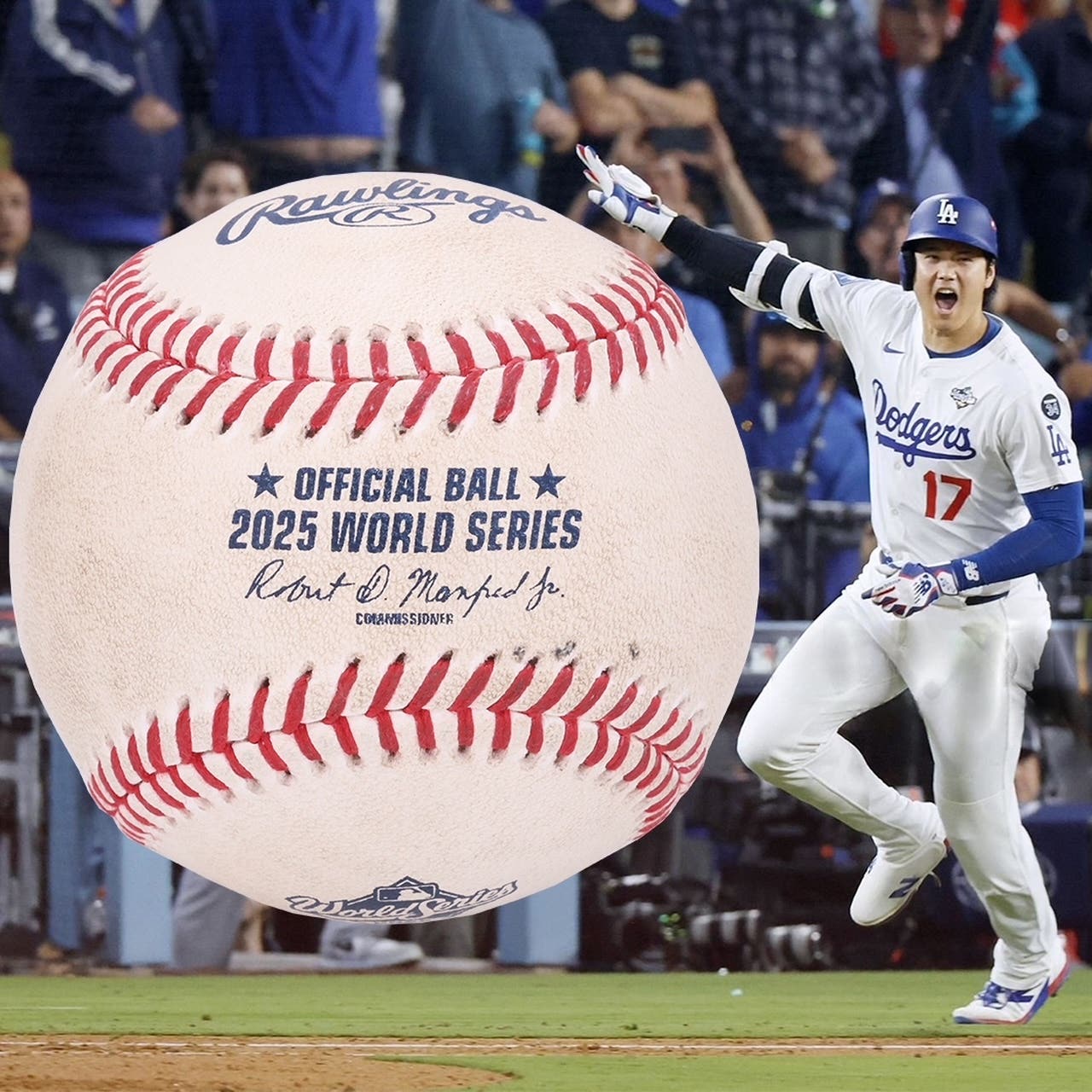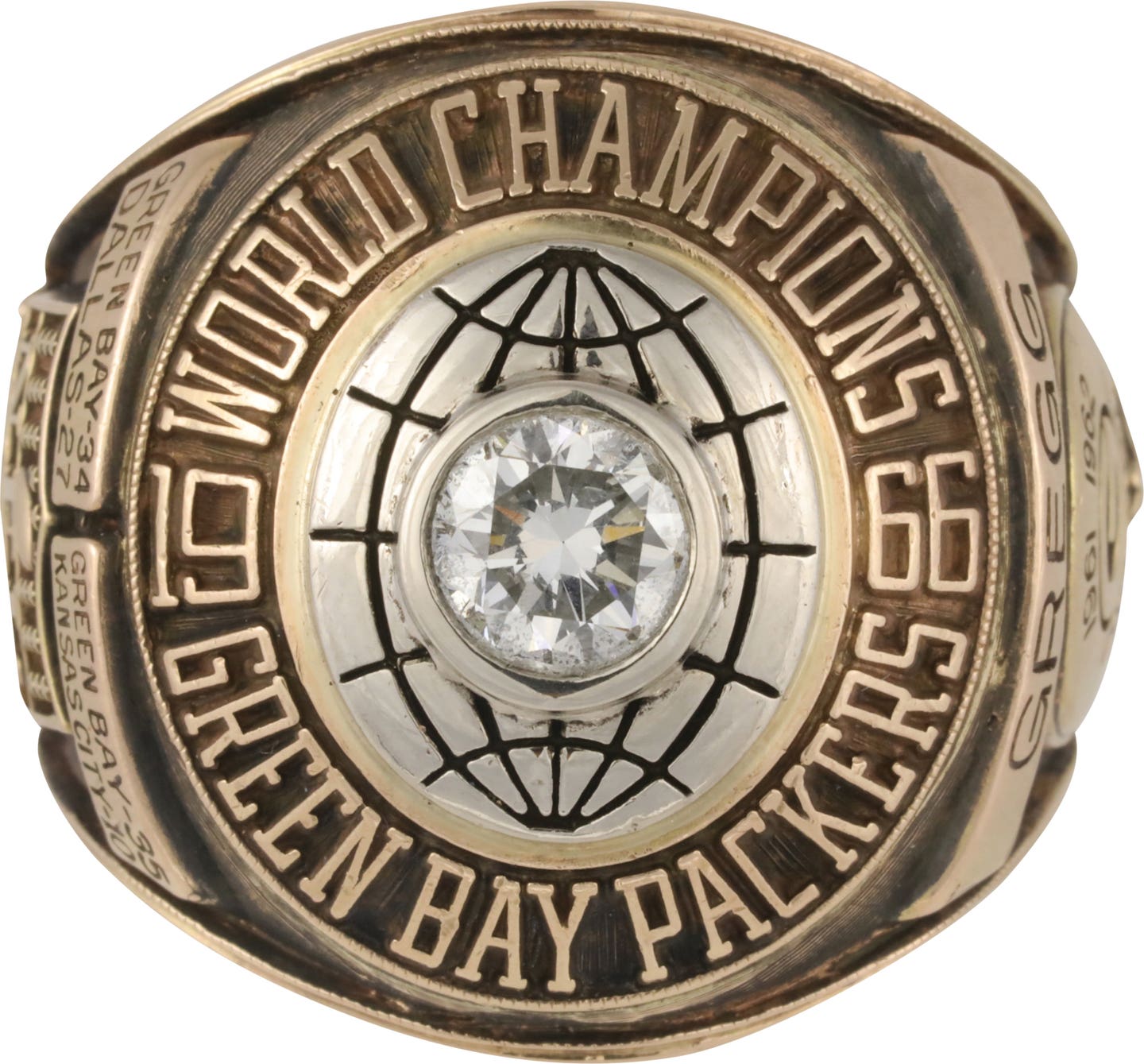News
New York City museum opens with links to 50 other HOFs, organizations
I have heard about plans for a number of multi-sport museums for years now, with most not getting much beyond the vague rumor stage, but when I heard the name Stephen Wong attached to the proposed Sports Museum of America, I immediately paid attention.
That’s because Wong, author of Smithsonian Baseball: Inside the World’s Finest Private Collections, has instant and unassailable credibility in our hobby. That 2005 book became a hobby classic the moment it hit bookstores, and certainly ranks as one of the most important books ever written about the sports memorabilia hobby.
So when the press release material started rolling in, it was a lot easier to devote some time to it, having already satisfied myself that this was the real deal.
Now, only weeks away from a grand opening tentatively slated for May 7, the ambitious idea of a museum that pays tribute to many sports in one location is coming to life amid the boisterous revitalization of Lower Manhattan after the devastation of the attacks of 9/11.
With $93-million in financing safely tucked away, Philip Schwalb, the museum’s founder and CEO, is ready to unveil his vision that, ironically, dates back to the day before the events of Sept. 11, 2001.
It was on that day, while visiting the Naismith Basketball Hall of Fame in Springfield, Mass., that the notion of an all-sport facility – located in a place like New York City, with access to literally millions – came to life. There was added significance in that the Basketball Hall of Fame also became the first major founding sports partner, a cornerstone of the unique facility that has since expanded to include nearly five dozen national organizations.
Thus, the Sports Museum of America (SmA) has formed a remarkable collaboration with amateur and professional HOFs and museums from basketball, football, hockey, NASCAR, the Negro Leagues, USA Track & Field, the Women’s Sports Foundation and dozens of others. In addition, the SmA will be the permanent home of the Heisman Trophy and the annual presentation ceremonies, as well as the Billie Jean King International Women’s Sports Center.
All of which would have been more than enough to make us take note here at SCD, but as explained above, the inclusion of the name Stephen Wong gave the enterprise a nifty hobby connection right away. And with the guidance of the author and collector, came a host of other names well known with collecting circles.
“They approached me last fall about a role as senior curatorial advisor, with a specific focus on the Baseball Gallery,” Wong said in a phone interview from his offices at Goldman Sachs in Hong Kong.
It didn’t take long before the curatorial advisor had inked pacts with a number of major collectors, many of whom had their own chapters in the spectacular Smithsonian tome.
Ron Leff will be a major lender at the new SmA, and there will be other artifacts from Bill Mastro; Bruce Hellerstein (ballpark relics); David Guflani, a longtime friend of Wongs; Adam Feil from the New York City area with some Negro league items, who has helped SmA with some freelance work; plus Corey Shanus, collector extraordinaire (from the first chapter of Smithsonian Baseball).
“I have been helping (SmA) source the artifacts for the Gallery, including pieces from my own collection but also from a number of other collectors, and I have been working closely with the curator, Laura Purcell, and with her staff to design the overall gallery as well as the cases,” Wong said.
Obviously, the initial group of artifacts was aimed at the launch, but Wong’s responsibilities stretch well beyond that. “This is for the grand opening, but as we go along, I’ve had discussions with a number of other collectors to try to get them involved for future exhibitions when something gets taken down and another one put up,” Wong continued. “That’s part of my responsibilities to oversee not only the opening but for the next few years to feature others.”
As noted above, the museum will parlay the vast array of different sports represented with a number of innovative new ways of refining the museum experience. “The exciting part of it is that the SmA is a very interactive museum. Visitors who come to the museum can walk through all the various galleries dedicated to the different sports, whether it be the Olympics, NASCAR, golf, tennis, baseball, football, hockey, basketball, or women in sports.
“And when you get to the Baseball Gallery, I quote the curator here, she said that the content, in terms of historical significance of the items, is virtually unmatched. We have things in there that are the best game-worn jerseys, from Lou Gehrig, Babe Ruth, Ted Williams or Hank Aaron, game-used bats, memorabilia celebrating all the great heroes.”
The cases are broken into a number of themes, like managers and owners, hitting, fielding, power, Negro leagues and ballparks, to name a few. Everything is on loan. Just as is the case with the Baseball Hall of Fame in Cooperstown, the SmA is not allowed to purchase items; it’s not within the charter to pay collectors.
And speaking of the Baseball Hall of Fame, the granddaddy of all halls of fames is somewhat conspicuous in its absence from the extensive grouping of “founding sports partners” that will share artifacts with the new museum located at 26 Broadway, the site where New York City’s renowned ticker tape parades traditionally begin in The Canyon of Heroes.
“Cooperstown opted not to participate,” Wong explained. “They have their own reasons that they decided not to be a partner, and I think that’s one of the reasons the SMA looked to me to help out with sourcing most of the items in the Baseball Gallery coming from the best private collections in the world.”
For their part, Baseball HOF officials haven’t ruled out the possibility of being involved at some point. “We just met with (the SmA) a few weeks ago,” said Jeff Idelson, HOF acting president. Idelson said they had initially been contacted in 2001, but felt that was too early in the process. “It’s possible we’ll work with them,” he added. “We are looking at the options.”
In the meantime, the absence of a Cooperstown link put some additional challenges out there for Wong. “If (SmA) could have borrowed stuff from the HOF, it would have made life easier for them,” Wong continued, adding that he would probably still have been brought on board, even if his role might have been less critical. “Even if the HOF were involved, I think they would still want to reach out to the private collections for sourcing. As you know, what’s held in private hands is quite substantial.”
What makes this museum unique is that it is representing so many sports under one roof and there’s a common theme that it celebrates the passion and love of sports in America, along with the history of all these different sports, plus being in partnership with all these different halls of fames, museums and related organizations. Through that arrangement, they have been able to source all these important and different artifacts.
Wong noted the HOFs for basketball and football aren’t in the most heavily trafficked areas because they aren’t tourist areas, so having the partnership with the SmA in New York City they felt it would be a good arrangement in a city that is so much of a tourist destination.
Wong, an executive director of the financing group for Goldman Sachs, travels to the states five or six times a year. “I’ve been working quite comfortably with the museum from Hong Kong. I’ve made a few trips out there and will make another one next month to help with the layout of the Baseball Gallery, and I will, obviously, be there for the opening.
“Once the museum is open, most of the work should be done, and my responsibilities should be making sure that going forward that the museum still has the material to showcase.”
At that point in the interview, he yawned, which is fairly forgivable, since it was 2 a.m. in Hong Kong as we spoke, and 12 noon CST. It was the first-ever interview in 30 years in journalism that ended in that fashion, though I suppose a number of my articles over the years have been punctuated thusly as readers got to the finish line.
* * * * *
With a marvelous collection of his own, Wong comes by his museum link honestly. He also was an advisory director for the Museum of the City of New York for the “Glory Days” exhibition that opened last year celebrating baseball in New York City from 1947-57, and was also involved with the Wisconsin Historical Society last year in the year-long exhibition marking the 50th anniversary of the Braves’ 1957 World Series championship.
“I really enjoy all this. The Smithsonian Baseball book and the follow-up children’s book, Baseball Treasures, it was a great privilege to be able to write those. I have a different philosophy from some of the guys in the hobby,” Wong explained. “I feel that because we have the privilege of owning these wonderful pieces of history, my own philosophy is that it is important to make the effort to share these pieces with the public.
“To me, it’s ludicrous to think that you can have so many spectacular pieces that you just kind of hoard in your own home. I think at some point there’s some kind of social responsibility to at least make the effort.”
He is, not surprisingly, an articulate spokesman for some of the loftier notions that govern the hobby. “Just as I noted in Smithsonian Baseball, I’ve always felt that people have an affinity toward objects. They always want to know what makes this particular piece historically important or valuable. And so sharing the history of baseball through these artifacts is something I’ve always felt strongly about since I was a child. Smithsonian Baseball allowed me to do that and a lot of the museum work that I’ve done in getting a lot of the premier collectors to share their collections in the book to now convince them to share them by lending pieces to the museum.”
He also boasts a unique vantage point in being able to distinguish between the oft-competing (but hardly mutually exclusive) pressures of collecting for the sake of collecting and the idea of turning a profit. “The auction circuit has grown very large and is tremendously driven by commerce, and that’s fine, because that’s always going to be a foundation of the hobby: making acquisitions and selling material.
“But at the heart of it all is the notion of sharing the passion and the love of these beautiful objects. For me, baseball history and these artifacts are a source of inspiration. I’ve often asked myself, ‘Why am I so nuts about this sport and the hobby of collecting?
“And I think it really comes down to a few things. One, is holding on to a bit of your childhood. Second, in a time where the game has been slightly tainted by the steroids thing and the grand jury testimony, there is a tendency for people to gravitate toward the old days and collecting things that commemorate guys like Ted Williams, who will always be my idol. Learning what he stood for and his integrity, two stints in two wars in the prime of his career, and then setting up the Jimmy Fund which benefits children with cancer. There are no more heroes like that these days.”
Wong says that nowadays we are in the era of the MTV culture, focused a lot on the sizzle and not the steak. “Even sports has so much commercialization. It’s so much about money that there’s a dislocation between the players and the fans.
“And so I think baseball is one of those institutions that is rich in nostalgia and American heritage, and so people gravitate toward that. And baseball reminds us of what America used to be.”
James Earl Jones couldn’t have said it better.
To learn more about the Sports Museum of America, call (212) 747-0900, or visit www.thesportsmuseum.com.



